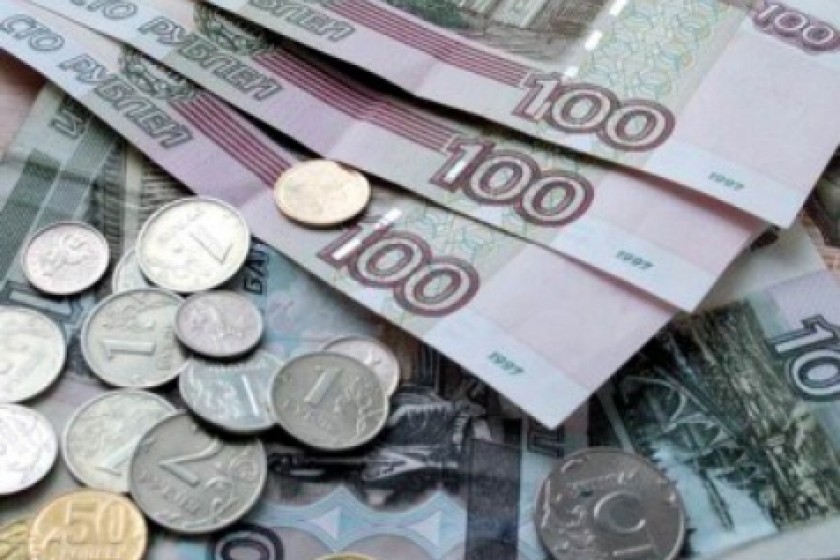
What Happens in Russia Doesn't Stay in Russia: Russian Ruble and Customs Union Accession Will Impact Armenian Dram
Fluctuations in the Russian ruble, along with Armenia's joining the Customs Union, will affect the value of Armenia's currency, the dram — and not always for the better.
After January, the Armenian dram depreciated by about 2% against the US dollar (the $1 US equivalent of 405.95 AMD rose to 414.40 AMD). This, of course, cannot be compared to the 20% depreciation of the Russian ruble; at the same time, however, the impact of events in Russia should not be underestimated.
Armenia is rushing into the Customs Union, and an expensive currency is not a good ally for Armenia. It's no coincidence that Kazakhstan depreciated its own currency (the Kazakhstani tenge) along with the ruble — in order to maintain the competitiveness of its goods. The more Armenia's trade expands with Russia, the more Armenia will be forced to settle with the "whims" of the Russian ruble.
In the last two months, the Central Bank of the Republic of Armenia has had greater difficulty in maintaining the relative stability of the Armenian dram. In February alone, the RA Central Bank intervened to the tune of $60 million to help the dram. For comparison's sake, in 2013, the RA Central Bank paid a total of $49 million — and that, mainly in March. Due to seasonal factors, the dram is usually weaker in the months of February and March, when there are fewer remittances from family and friends abroad, while a significant number of dollars is purchased to pay Gazprom for the natural gas Armenian families consume in the winter months. These trends might continue till April and May, after which seasonal factors work in the dram's favor. However, it's become harder to maintain stability of the dram this year than in previous years, meaning that on top of seasonal factors, other factors also have to be considered.
In practical terms, banks have developed expectations of the depreciation of the dram on a more long-term basis, which fostered an increase in interest rates on cash deposits, with some banks increasing the annual rate to 14%.
Deposit rates are increasing even when the RA Central Bank has lowered the refinancing rate and the RA Ministry of Finance, the government bond rate. This means there are new expectations in the market, and this can be tied only with the process of integrating with the Customs Union. Everyone understands that the Customs Union is a more unstable and unpredictable economic environment, which can impact Armenia's financial system.
Furthermore, it's unclear whether the International Monetary Fund, after Armenia joins the Customs Union, will be prepared to finance Armenia's international reserves (if necessary, of course). All these doubts and uncertainties are exacerbated in light of the crisis in the Ukraine, which, by the way, exposed the very high degree of vulnerability of Russia's financial system.
However, accession to the Customs Union might foster an increase in investments, which partially or wholly (depending on the volume of actual investment) might neutralize the other negative effects.
 Videos
Videos Photos
Photos




Write a comment